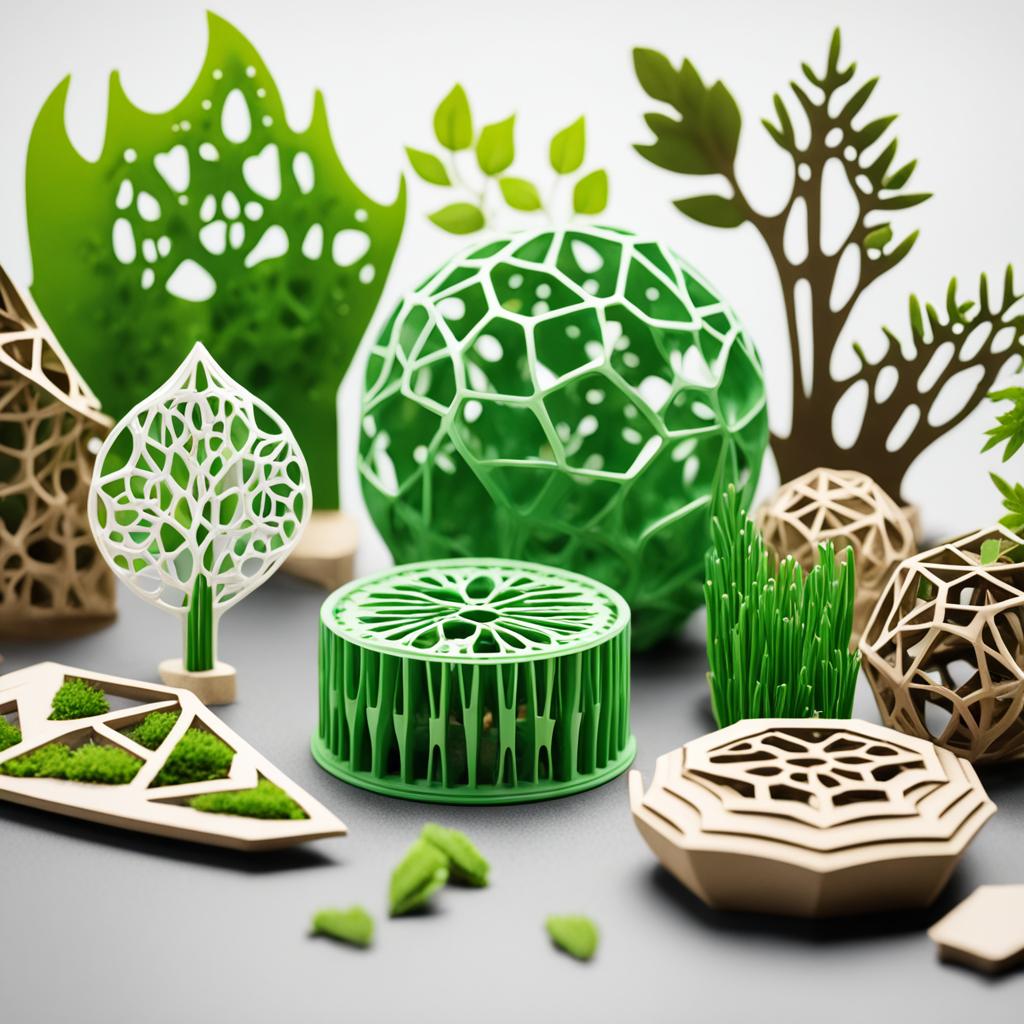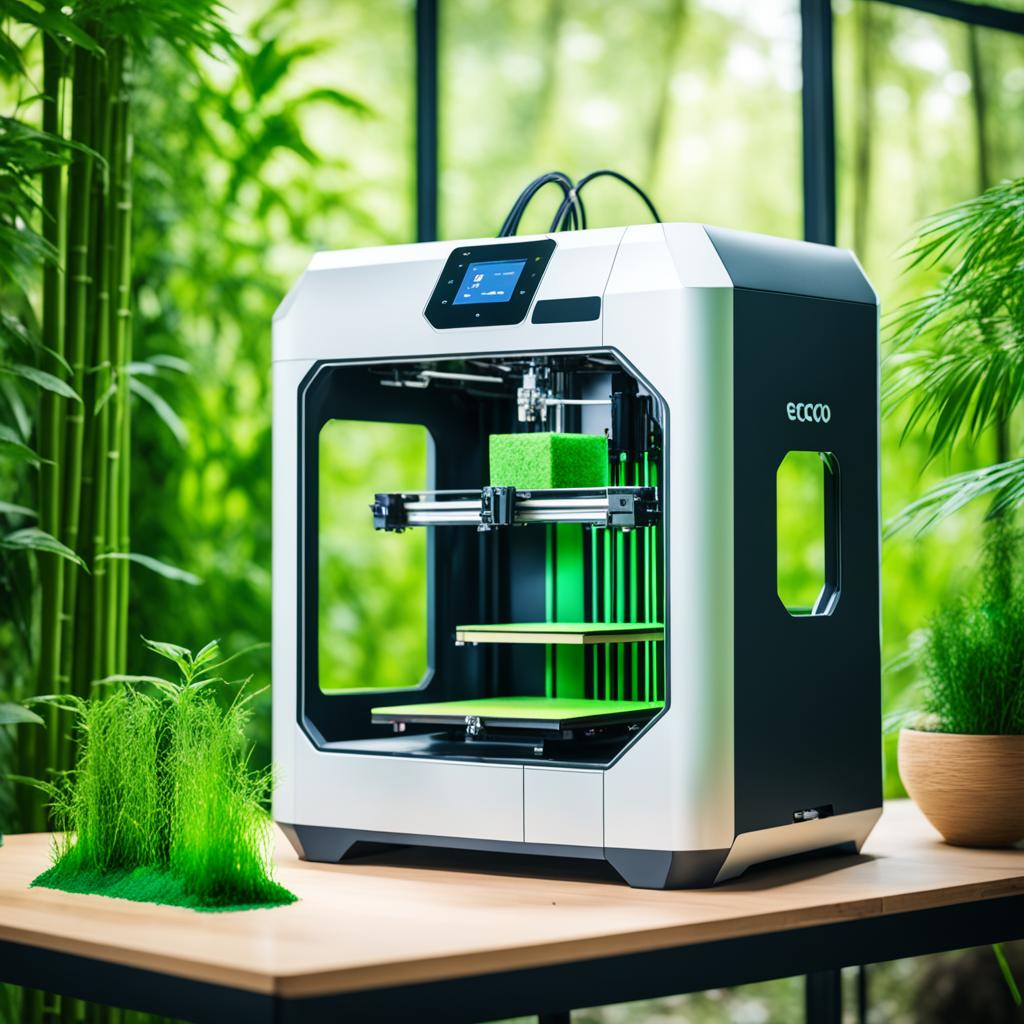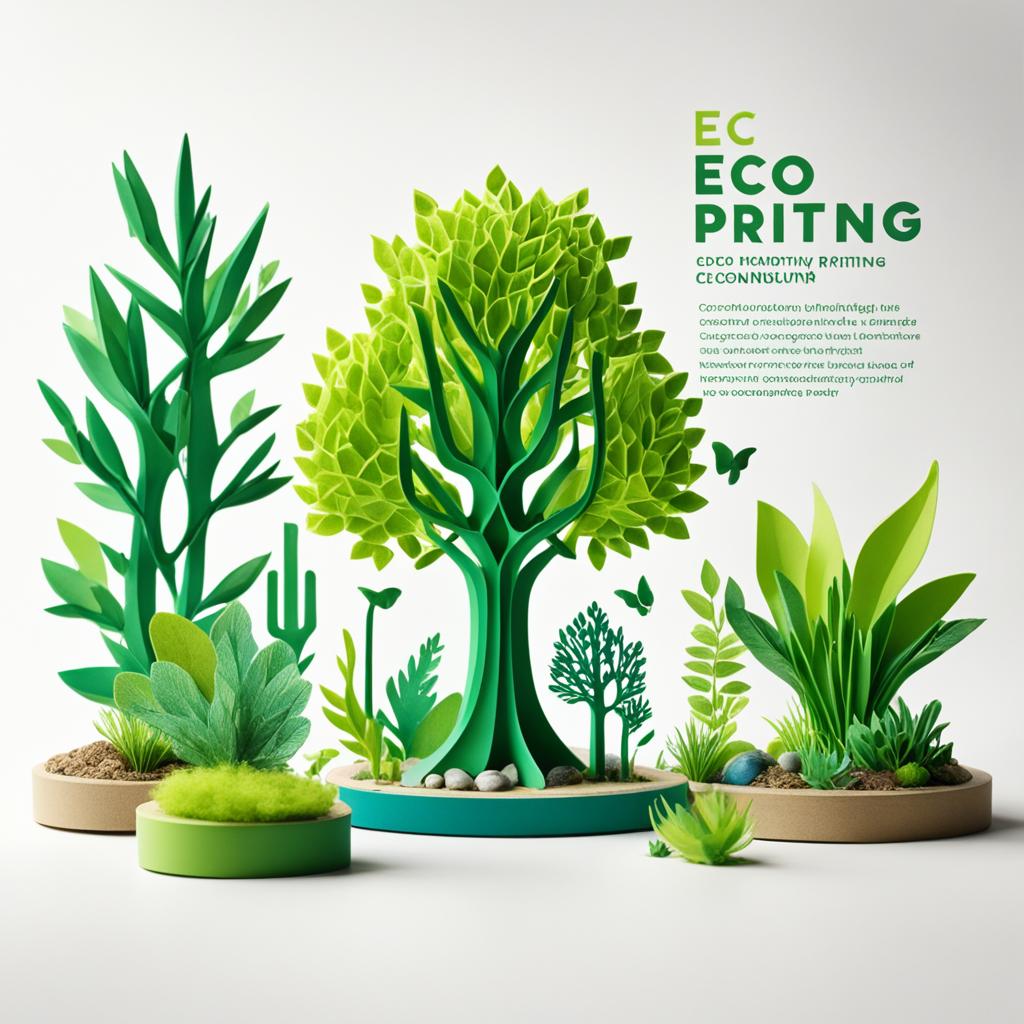Nowadays, concern for the environment is a global and urgent issue. As natural resources become scarcer and the impacts of climate change intensify, the search for sustainable solutions becomes imperative. In this context, 3D printing emerges as a promising technology capable of promoting sustainability in various sectors.
3D printing, also known as additive manufacturing, is a technology that allows the creation of three-dimensional objects by superimposing layers of material, following a digital model. This process differs from traditional manufacturing methods, which usually involve removing material from a blank. 3D printing offers greater flexibility and design freedom, enabling the production of complex shapes with efficiency and precision.
Main points:
- 3D printing is a sustainable technology that promotes environmental innovation It is positive impact on the environment.
- It allows the production of ecological solutions It is sustainable practices in different areas.
- Responsible use of resources is an advantage of 3D printing, contributing to the sustainable development.
Environmental Benefits of 3D Printing
One of the main environmental benefits of 3D printing is the reduction of material waste. Unlike conventional methods, in which material is subtracted to create an object, 3D printing adds material only where it is needed, minimizing waste.
In addition to the waste reduction, 3D printing can also lead to a lower energy consumption. In many cases, traditional manufacturing processes require a significant amount of energy to shape, cut, and refine materials. 3D printing, on the other hand, uses only the amount of energy needed to melt or solidify the material, resulting in a smaller energy footprint.
Another environmental benefit of 3D printing is the product customization It is product optimization according to the specific needs of each application. This means that it is possible to create lighter, more efficient and durable parts, thus reducing material and energy consumption throughout the product life cycle.

With 3D printing, manufacturers can design products in a more sustainable way, making the most of natural resources and minimizing environmental impact. Customizing and optimizing products also helps reduce overall resource consumption by better meeting the needs of the end user.
Therefore, 3D printing offers environmental benefits significant, such as the waste reduction, O lower energy consumption and the ability to customize and product optimization. This promising technology has the potential to drive sustainability across multiple sectors, providing greener solutions and contributing to a more conscious future.
Sustainable Materials in 3D Printing
The use of sustainable materials in 3D printing is essential to maximize the environmental benefits of this technology. The bioplastics are a popular option in sustainable 3D printing, as they are derived from renewable sources such as cornstarch, sugar cane or seaweed. These materials offer a biodegradable alternative to conventional plastics, which can persist in the environment for hundreds of years.
See too:
You recycled materials also play an important role in sustainable 3D printing, using industrial waste or discarded products to create new objects.
Each sustainable material has its own advantages and disadvantages, depending on the specific needs of each application.
Advantages and Disadvantages of Sustainable Materials in 3D Printing
| Sustainable Materials | Benefits | Disadvantages |
|---|---|---|
| Bioplastics |
|
|
| Recycled Materials |
|
|
When considering the use of sustainable materials In 3D printing, it is important to carefully evaluate the advantages and disadvantages of each option, taking into account factors such as cost, quality, availability and environmental impact. With the appropriate choice of materials, it is possible to obtain significant ecological results in the production of 3D printed objects and parts.

Applications of 3D Printing in Sustainability
3D printing has a wide range of applications in promoting sustainability, ranging from sustainable architecture to the personalized medicine.
Sustainable Architecture
In the sustainable architecture, 3D printing can be used to create homes and buildings with sustainable materials, as bioplastics or recycled concrete. This approach allows us to reduce the consumption of natural resources and minimize material waste during the construction process. In addition, the possibility of printing complex and customized structures offers greater flexibility and efficiency in the construction of sustainable buildings.
Manufacturing Industry
In the manufacturing industry, 3D printing is widely used for rapid prototyping of parts and products. This means that companies can produce a 3D version of a product before commencing mass production, ensuring that the design is correct and reducing the costs and waste associated with subsequent changes. In addition, additive manufacturing enables the production of lighter and more optimized parts, contributing to the reduction of material and energy consumption.
Personalized Medicine
3D printing is revolutionizing medicine through the manufacture of personalized prosthetics and medical devices. This technology makes it possible to create prosthetics tailored to each patient, ensuring a perfect fit and improving clinical outcomes. In addition, 3D printing also allows for the production of accurate anatomical models, which assist doctors in planning and performing surgeries. This personalization in medicine not only improves the quality of life of patients, but also reduces surgery time and the costs associated with medical treatment.

| Applications of 3D Printing in Sustainability | Benefits |
|---|---|
| Sustainable Architecture | Reduction of consumption of natural resources and waste of materials |
| Manufacturing Industry | Rapid prototyping, cost and waste reduction |
| Personalized Medicine | Custom-made prostheses, better clinical results and cost reduction |
Conclusion
A sustainable 3D printing is leading the wave of ecological innovations and driving the adoption of greener practices in the industry. With the environmental benefits of waste reduction and of the lower energy consumption, this technology becomes a powerful tool to promote a sustainable future. Furthermore, the use of sustainable materials, such as bioplastics and recycled materials, contributes to the preservation of natural resources and the reduction of environmental impact.
3D printing is also transforming sectors such as architecture, manufacturing and medicine, providing personalized and efficient solutions. In sustainable architecture, for example, 3D printing makes it possible to create houses and buildings with eco-friendly materials, driving the construction of a greener and more conscious world. In medicine, the technology is revolutionizing the manufacture of personalized prosthetics and medical devices, improving the quality of life of patients.
As technology advances and more sustainable innovations are developed, we can expect a future where sustainable 3D printing plays an increasingly important role in building a more sustainable world. With the combination of environmental advantages, product customization and resource optimization, 3D printing is positioned as an important ally in the search for ecological innovations. It is through this technology that we will be able to achieve a sustainable future, where economic development is aligned with environmental preservation.



